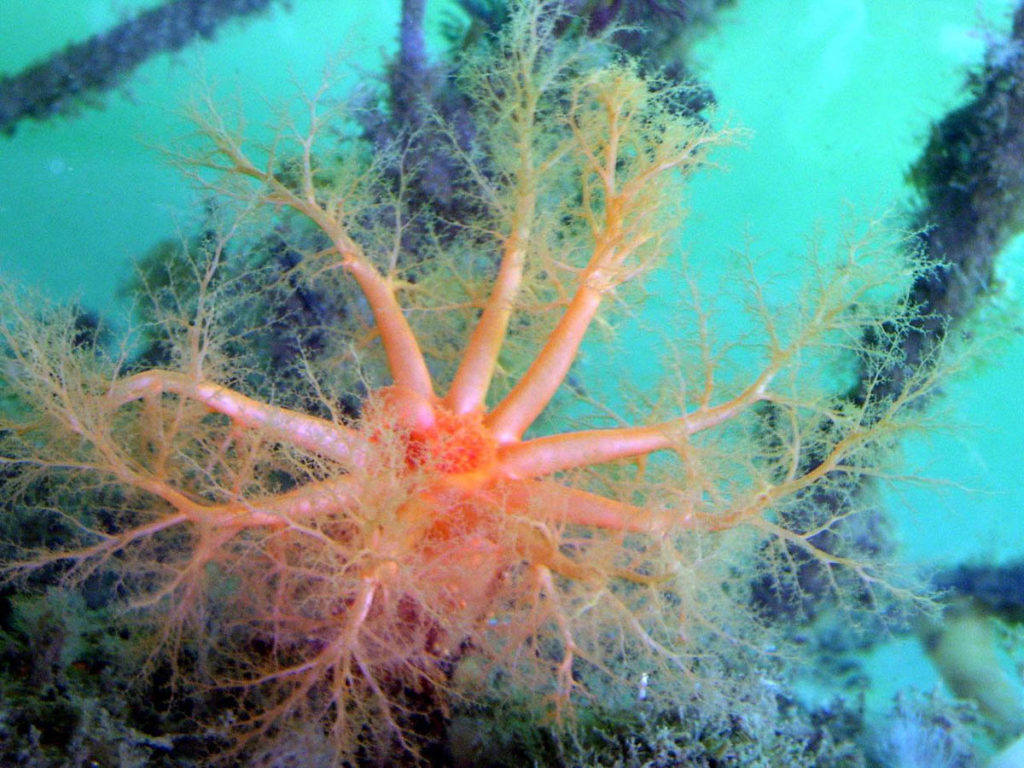The orange sea cucumber is also known as the red sea cucumber because of its vivid hue. It may also be brownish red, pinkish brown, or pinkish white. This northeast Pacific species, which can be found wedged between rocks or crevices along the coast or on docks, is distinguished by its orange bushy tentacles protruding above the substrate. Orange sea cucumbers can be found from northern Alaska to northern Mexico.
The Sun Star, Sand Star, and other sea stars are the primary predators of sea cucumbers. Since the sea cucumber can remain attached to an underlying substance or layer, they prefer to hang out in places with stronger currents to avoid predators.
Orange sea cucumbers are suspension feeders. They capture detritus (waste and debris) and plankton from the water column with their bushy tentacles. They then pull the tentacle into the mouth through the feeding arm to extract the food. Food is often kept from escaping by small tentacles around the mouth. Between November and March, when there is less plankton available, their feeding decreases dramatically.
From March to May, orange sea cucumbers spawn. They expand the front of their bodies into the water column and release eggs and sperm. The fertilized eggs grow into non-feeding larvae that move slowly and settle in close proximity to adults. They have a lifespan of five to ten years. With tentacles extended, they can attain a length of 25 cm (almost 10 inches) and a diameter of 8 cm (3 inches). The tentacles can grow up to 15 cm (almost 6 inches) in diameter.
Video by Alan Keller taken at God’s Pocket in British Columbia
Follow Alan on Facebook and Instagram







